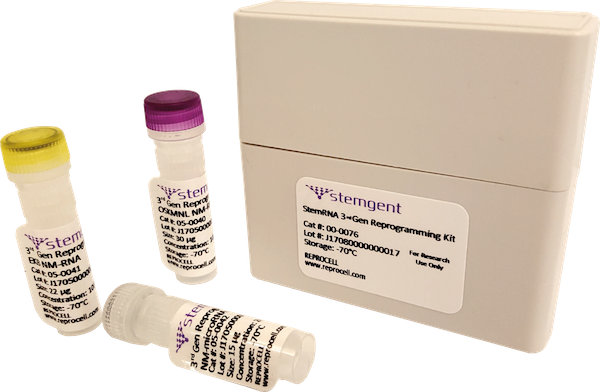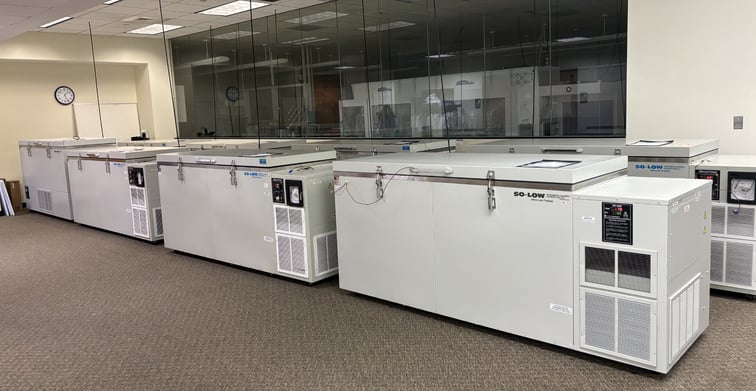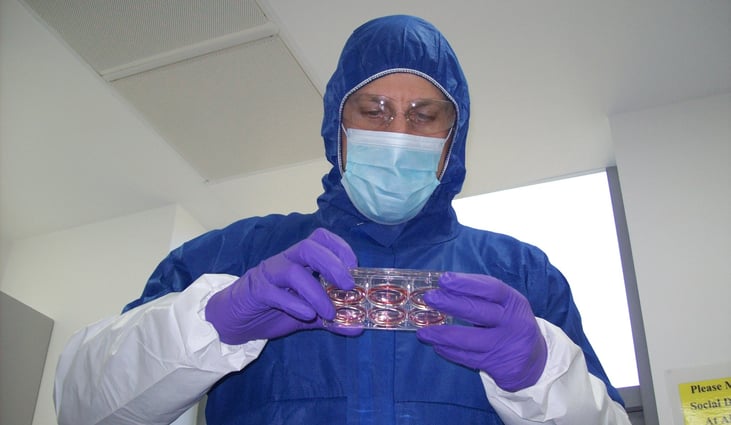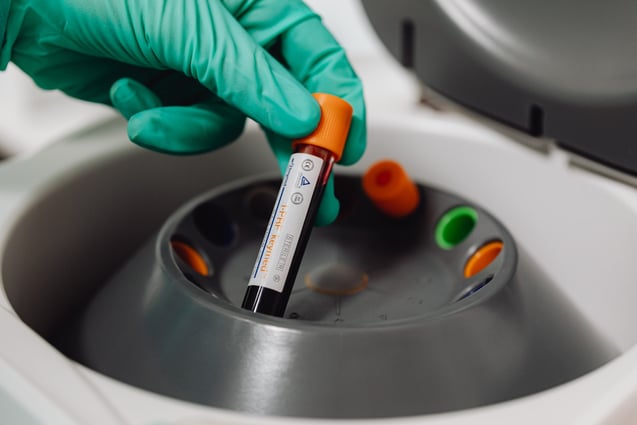Breaking Ground in Alzheimer’s Research: A New Path to Drug Discovery and Personalized Medicine

Alzheimer's disease (AD) remains one of the most devastating neurodegenerative disorders, marked by progressive memory loss and cognitive decline. Central to this degeneration is the loss of neuronal connectivity, driven by the toxic accumulation of amyloid-β (Aβ) peptides in the brain. Despite extensive research, the precise mechanisms by which Aβ disrupts neural networks have remained elusive—until now.
A new study out of Durham University with Professor Stefan Przyborski shines a light on this crucial issue, presenting a novel approach that not only uncovers potential therapeutic targets but also offers a transformative platform for drug discovery and personalized medicine. By combining advanced stem cell technology with innovative three-dimensional (3D) culture systems, they have pioneered a method that more accurately mimics the complex environment of the human brain, paving the way for more effective treatments.
The Challenge: Restoring Connectivity in Alzheimer’s Disease
One of the key pathological mechanisms in AD is the inhibition of neurite outgrowth, which impairs the brain's ability to form and maintain the connections necessary for memory and cognitive function. Previous studies have established that Aβ peptides, particularly the Aβ42 species, play a significant role in this process. However, the underlying molecular pathways have remained largely uncharted.
In the study, they explored how Aβ peptides disrupt neurite dynamics, leading to the collapse of growth cones—structures critical for neurite extension and connectivity. By integrating human-induced pluripotent stem cell (iPSC) technology with 2D and 3D culture systems, they were able to create a more physiologically relevant model of AD. This allowed them to observe the effects of Aβ on neurite outgrowth in a controlled environment that closely resembles the human brain.
Unlocking the Potential of ROCK and RhoA Inhibitors
One of the most exciting findings from the research is the identification of the RhoA/ROCK signaling pathway as a key mediator of Aβ-induced neurite inhibition. By modulating this pathway using specific inhibitors—Y-27632 (a ROCK inhibitor) and ibuprofen (a RhoA inhibitor)—Durham University was able to restore and even enhance neuronal connectivity in the presence of Aβ. These findings suggest that targeting the RhoA/ROCK pathway could offer a promising therapeutic strategy for counteracting the deleterious effects of Aβ in AD.
Ibuprofen's role in this process is particularly intriguing. Known primarily as a non-steroidal anti-inflammatory drug (NSAID), ibuprofen's ability to enhance neurite outgrowth could be due to its dual action as both a RhoA inhibitor and an anti-inflammatory agent. This dual mechanism warrants further investigation and could open new avenues for the use of existing drugs in the treatment of AD.
A New Assay for Drug Discovery and Personalized Medicine
Building on these insights, they developed a novel neurite outgrowth assay using iPSC-derived neurospheres. This assay allows for the study of neurite induction from cells that carry AD-associated mutations, such as those in the presenilin 1 (PSEN1) gene. These mutations are known to increase the Aβ42 - β40 ratio, a hallmark of AD progression. By using this model, they can better mimic the in vivo conditions of the AD brain, providing a more accurate platform for drug testing.
The potential applications of this assay are vast. In addition to serving as a powerful tool for drug discovery, it also offers a pathway to personalized medicine. By incorporating patient-derived iPSCs into this model, we can create a personalized assay to screen the efficacy of drugs on an individual basis. This approach not only enhances the precision of treatment but also accelerates the development of targeted therapies.
Looking Ahead: Transforming Alzheimer’s Research
The study represents a significant leap forward in the understanding of AD and the development of new therapeutic strategies. The integration of stem cell technology with advanced culture systems has provided a robust platform for investigating the complex molecular mechanisms underlying neurite inhibition. Moreover, the identification of the RhoA/ROCK pathway as a key target for intervention opens new possibilities for the treatment of AD and other neurodegenerative diseases.
As we continue to refine our models and explore the potential of RhoA/ROCK inhibitors, we are optimistic that these advances will lead to more effective therapies that can restore neural connectivity and improve the quality of life for patients with AD. By combining cutting-edge research with innovative drug discovery approaches, we are laying the groundwork for a future where personalized medicine is not just a possibility, but a reality.
Read the full paper here, and find more of Professor Stefan Przyborski's work here.
Author
Ella Cutter
Ella is REPROCELL Europe's Digital Marketing Manager. Hailing from an American background in journalism and publishing, she likes to read, run and try new restaurants in her free time. Connect with her on LinkedIn: www.linkedin.com/in/ellacutter.
Subscribe to receive updates from REPROCELL
Tagged
Stem cell and drug discovery scientists around the world are using our services and products in their preclinical and clinical research.
Subjects we write about
- 3D cell culture
- Cell culture
- Central Lab Services
- Clinical capabilities
- Disease modeling
- Drug discovery
- Gene editing
- Genomic services
- GMP
- Human tissue samples
- Human tissue testing
- IBD
- Life sciences
- Neurons
- Oligonucleotide synthesis
- Precision medicine
- Regenerative medicine
- Respiratory disease
- Skin disease
- Stem cells










